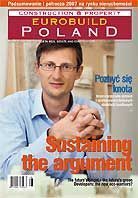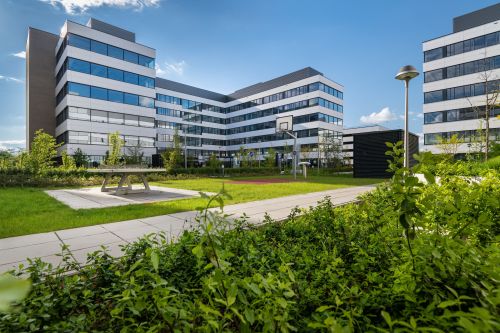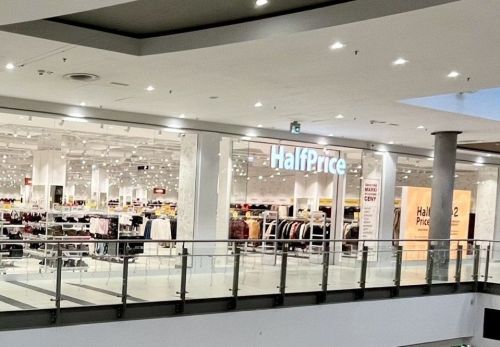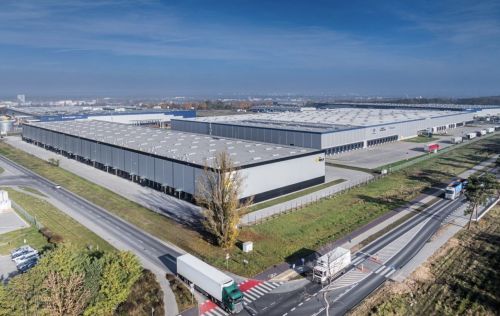After an underwhelming first quarter in terms of real estate investment volume, the second quarter has seen something of a revivalA total of around EUR 1.29 bln was invested in Polish real estate in the first half, down from the EUR 1.47 bln for the same period last year, but still something of a recovery after a figure of EUR 380 mln in the first quarter – only 40 pct of what was invested in Q1 2006. Although that was a record year for investment with transactions totalling EUR 4.68 bln, the beginning of this year was still a poor showing and led market analysts to predict a similar trend for the rest of 2007. According to Radosław Wawrzyniak, senior investment surveyor at the CB Richard Ellis agency: “In Q1 there was a big slowdown in the volume of investment transactions. This was very disappointing and was indicative that activity would also be considerably slower in the remainder of the year. In the CEE region, volume has been increasing by around 12 pct year-on-year
























































